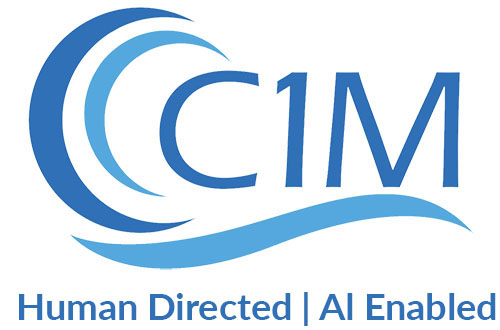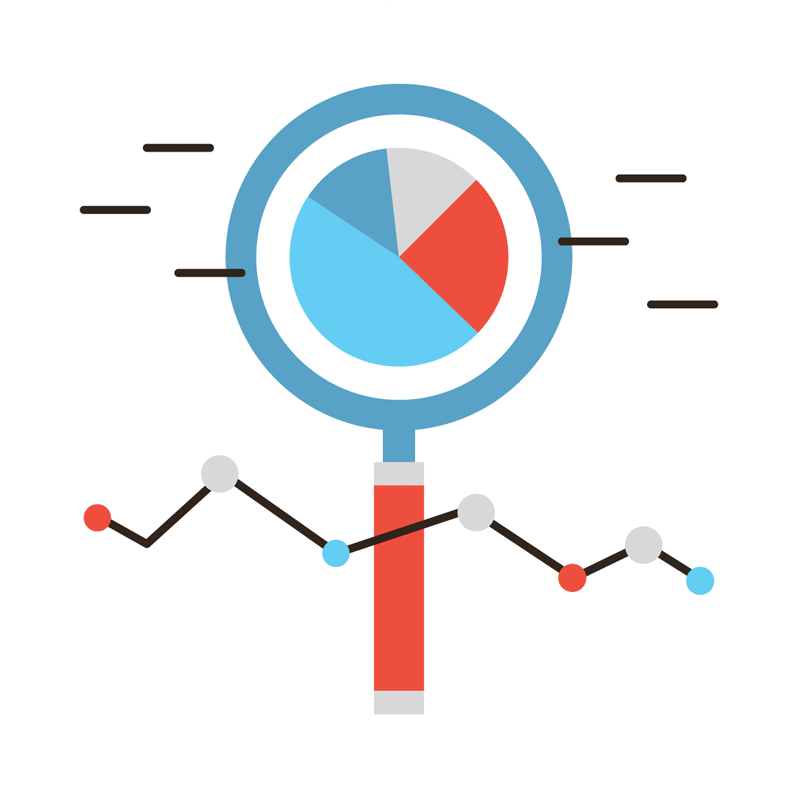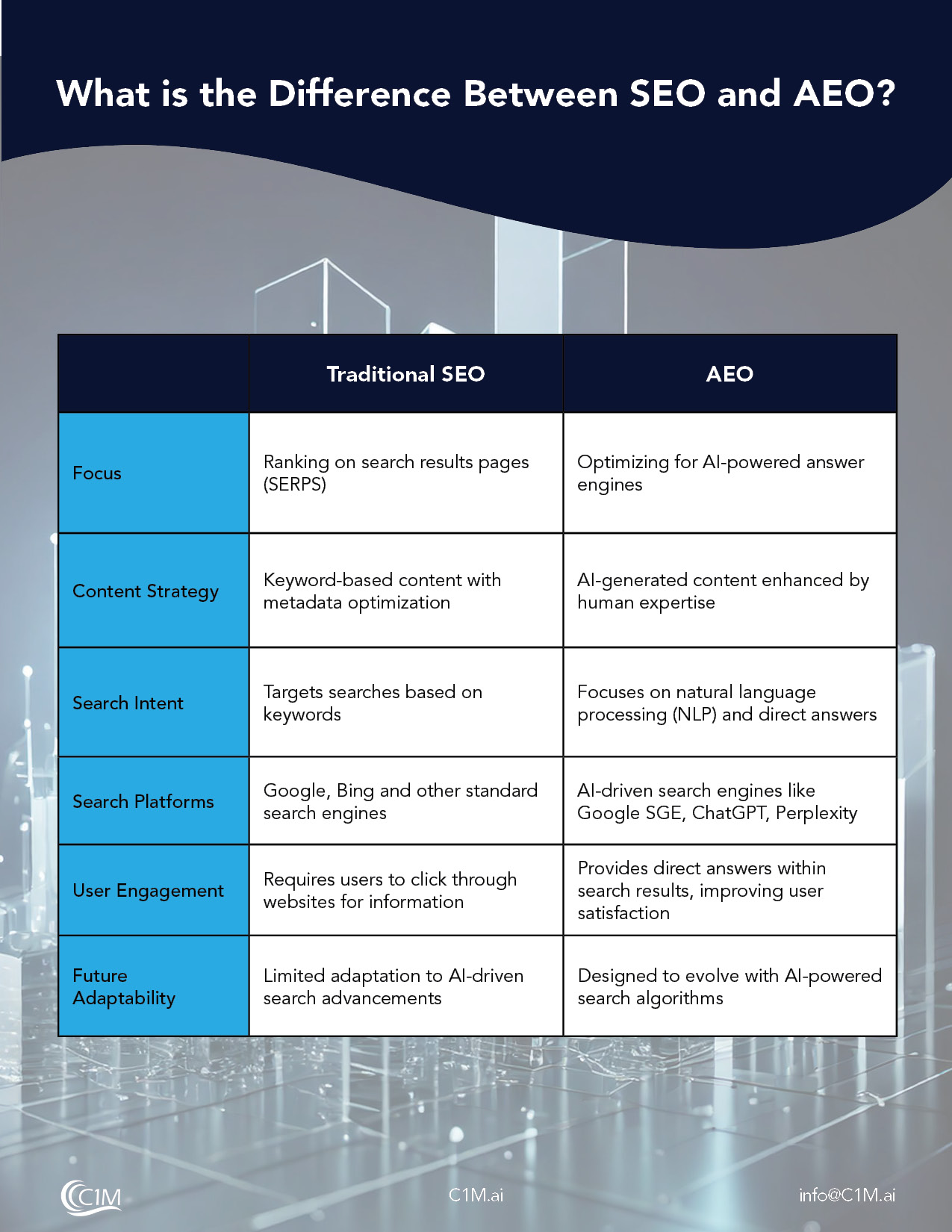
The world is in a unique transition period where AI-generated content is becoming readily available and accessible by anyone with an internet connection. ChatGPT and similar AI like Bard are becoming increasingly popular, and new AI creation tools for content, images, and videos are constantly being introduced on a day-to-day basis.
However, the meteoric rise of AI-generated content and media can have inherent issues. In May 2023, a faked image of black smoke billowing from a government building near the Pentagon went viral. This image indicated an explosion that caused the stock market to plunge until it was revealed the image was an AI-powered deception. Moreover, in June, the EU began urging Facebook and Google to flag AI-generated content due to a wave of fake news and disinformation originating from Russia.
Headlines like these are popping up regularly while AI-generated content becomes increasingly available. This has added a flood of questions to the global conversation about artificial intelligence content creation, Google, and how search engine rankings may be impacted.
So, how does Google weigh in on AI-generated content? What do marketing professionals, business owners, content creators, and anyone who maintains a website or blog need to know?
The answers start with understanding the fundamentals of AI content creation.
What is AI-generated Content?
Believe it or not, AI-generated content is not that new.
Using AI to write content and news articles has been around for over a decade. Additionally, the Associated Press started using AI in 2014 in order to piece together statistic-based news stories, like weather forecasts or financial reports.
But today’s AI content creators are used for miles more than lists of organized and readable statistics. Individuals and organizations use AI to produce entire websites, blogs, and other written contributions to the internet, which can be accomplished through popular AI mediums like ChatGPT.
The way this process works is exceptionally complicated and yet simple at its core. These AI programs collect data from every relevant source on the internet (which was initially created by humans for humans). Therefore, AI uses machine learning algorithms and natural language processing to create content based on the initial specifications or guidelines.
Essentially, AI-generated content is repurposed content and information that was published at some point. It is being collected, tweaked, and regenerated as a new piece of written work.
Google’s Policy on AI Content and the Importance of E-E-A-T
In multiple statements at conferences, interviews, and on their own website, Google has stated that AI-generated content is not flagged or distinguished from human-generated content. However, there are some significant caveats to this broad policy.
Essentially, Google’s ranking systems aim to reward high-quality content. However, it is created, and this boils down to E-E-A-T. For years, Google has prioritized E-E-A-T – or experience, expertise, authoritativeness, and trustworthiness. These criteria gauge where content on any subject will land on their search engine results.
“Focusing on rewarding quality content has been core to Google since we began,” reads a Google statement published in February 2023. “Our focus on the quality of content, rather than how content is produced, is a useful guide that has helped us deliver reliable, high-quality results to users for years… [and] the helpful content system was introduced last year to better ensure those searching get content created primarily for people, rather than for search ranking purposes.”
Essentially, this means that Google does not have an immediate plan in place to flag websites, landing pages, images, videos, blogs, and other AI-generated content. But it does mean that quality content created with experience and expertise as a backbone will naturally have a higher ranking in their search results.
Also, keep in mind that this policy may adapt and change in the future as new AI challenges or evolutions are introduced. As stated, AI is just starting to come to the surface of global attention. Therefore, the internet is at the beginning stages of understanding the impacts of mass AI content generation and what comes next.
The Benefits of Google’s E-E-A-T for Content Creators
On the surface, Google’s intent not to flag AI-generated content may seem like an ominous policy to professionals who create content, but this is not necessarily the case.
Therefore, the reason why human-produced content will generally have better results than AI-generated content boils down to the E-E-A-T principles.
Google’s algorithms and signals are based on human content. As a result, natural content will generally remain at the top of the search results. This is because machine learning-based algorithms are learning from content written by humans and intended for humans. Additionally, there is an inherent learning curve and an added layer of unreliability from square one.
Artificial intelligence, at our current time, can’t claim expertise on any topic in the world because AI is reusing content that has already existed instead of adding its own perspectives and authority on the subject.
In addition, it’s very easy for AI-generated content to produce content that relies on past sources that may not be trustworthy – like articles that were created for Clickbait purposes. Remember that ChatGPT and similar tools were not expressly designed to generate content for informational purposes. Therefore, writing content with the E-E-A-T Google guidelines in mind is not an inherent goal of AI tools.
What Content Creators Can Do Next to Understand E-E-A-T?
Does this mean that content creators can’t ever use AI to help craft articles, news stories, or content at any time? Not necessarily, but there is a wave of limitations.
AI is best used for basic articles like sports scores or statistical reports, and even these simple pieces of writing should be thoroughly examined and edited. In the end, it may end up being even more time-consuming to verify the sources, truthfulness, and readability of an AI-generated piece of content than it is to write your own.
In any case, content creators should stay informed on the changing landscape of AI content creation. Also, new voices from government agencies and other organizations are added to the conversation, and policies evolve. With the rise of AI-generated content just beginning to peak, it’s a topic that will surely come up – and change – again and again for the foreseeable future.
Unlock New Avenues for Business Growth with C1M
Since AI-generated content is growing significantly, businesses and individuals need to explore innovative ways to leverage this technology responsibly and effectively. Embracing the potential of AI-generated content can streamline content creation processes, optimize SEO strategies, and ultimately enhance user experiences.
AI marketing tools are not anything new for C1M.
Additionally, our marketing experts understand how to grasp the use of AI-generated content while upholding Google’s E-E-A-T policy.
Let’s revolutionize your content strategy together and unlock the full potential of AI-generated content.



